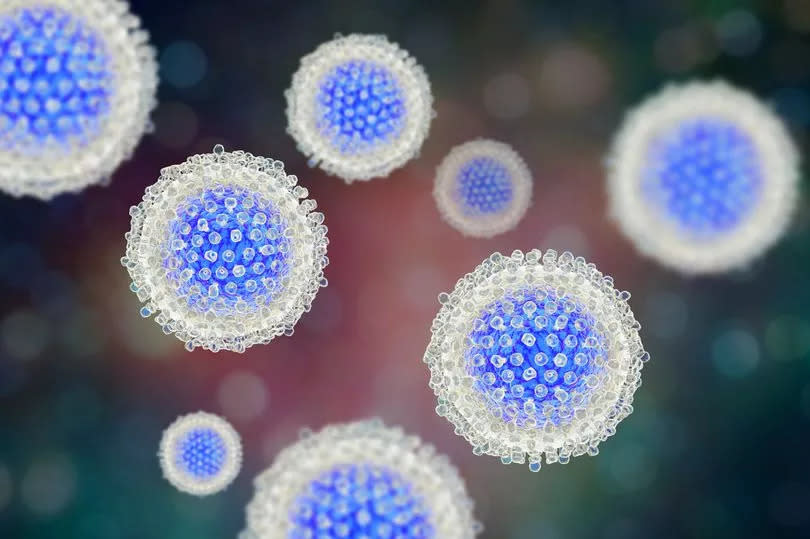Infected blood scandal explained - how it happened and tragic aftermath in Scotland
The infected blood scandal, which is often regarded as the largest treatment disaster in NHS history, is currently being looked at under a public enquiry with its findings due to be published.
During a period of time between the 1970s and the 1990s, tens of thousands of people in the UK were given contaminated blood infected with HIV and hepatitis C.
Thousands tragically died as a result, and many others have been left with lifelong health complications. The Infected Blood Enquiry, which is due to publish its findings today, May 20, will examine why men, women and children in the UK were given these products and the impact left on their families.
Here's everything you need to know about the infected blood scandal, and the impact left on its victims.
What is the infected blood scandal?
From 1970 until 1991 in the UK, an estimated 30,000 people were given blood infected with hepatitis C or HIV. More than 3,000 people have died as a result of this, according to the Hepatitis C Trust.
It's thought that the majority of these people - 26,800 - received the infected blood via a transfusion, which often follow childbirth complications, accidents, or as part of another medical treatment.
According to the Scottish Government, around 3,000 people were infected with Hepatitis C here, with some also being infected with HIV in the early 1980s. As a result, hundreds died.

However, because blood donations weren't routinely screened before September 1991, it put people more at risk of contracting hepatitis. Blood testing for HIV began five years earlier in 1986, a few years after the first warning of the danger of contracting HIV/AIDS from contaminated blood products was published.
As well as this, thousands of people with haemophilia - which is a condition that affects the body's ability to clot blood - and other blood conditions also received the infected products.
A new treatment for this was launched in the 1970s, known as Factor VIII. But because this was made from the plasma of tens of thousands of donors, it increased the risk of passing on infections.
The NHS began to use imported blood from the US as it struggled to meet demands, which came with an even higher risk of infection. In Scotland however, much of the infections came from its own blood donations, according to the BBC.
What was the impact of the blood scandal?
Victims of the infected blood scandal who contracted HIV or hepatitis C faced a huge amount of stigma due to the AIDS crisis and the lack of understanding which was rife at the time. And because many people were unaware of their infections after receiving the blood, thousands tragically died with many more left with serious health problems.
The Infected Blood Inquiry, which began back in 2018, set out to find out exactly what led to the disaster and the impacts left on families and victims.
The findings are due to be published on May 20, with Prime Minister Rishi Sunak expected to issue an apology. Interim payouts of £100,000 each have already been made to about 4,000 victims and partners who have lost a loved one.
Don't miss the latest news from around Scotland and beyond - Sign up to our newsletter here.

 Yahoo News
Yahoo News 
